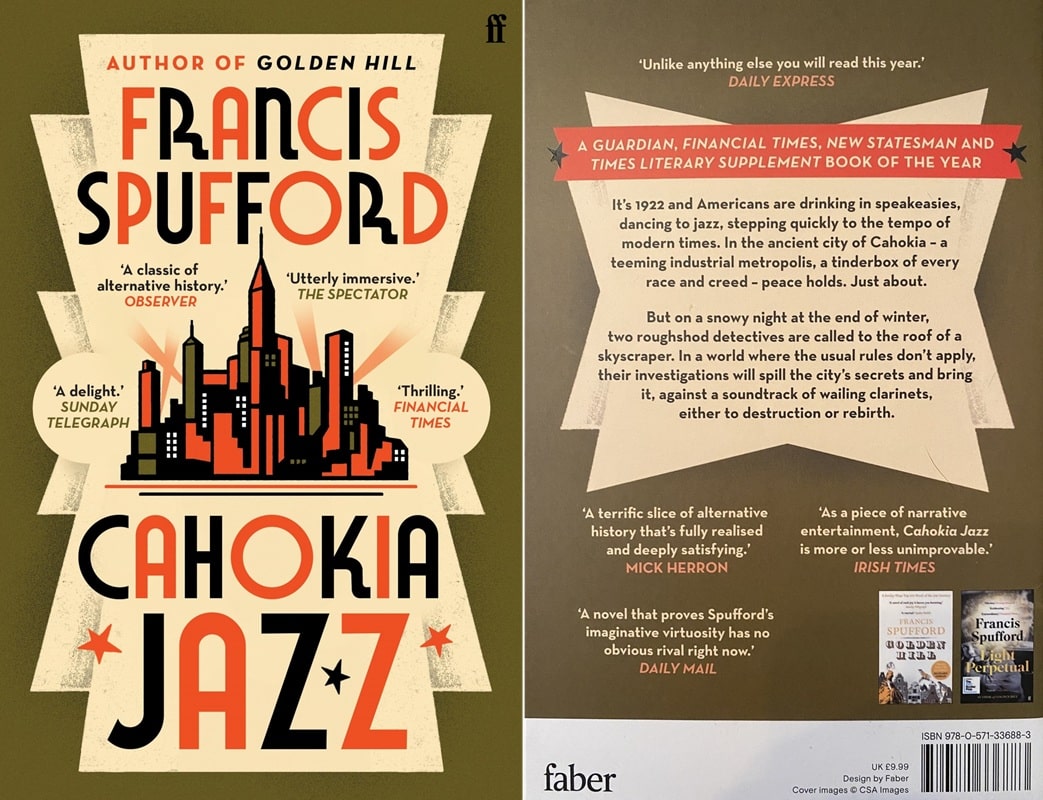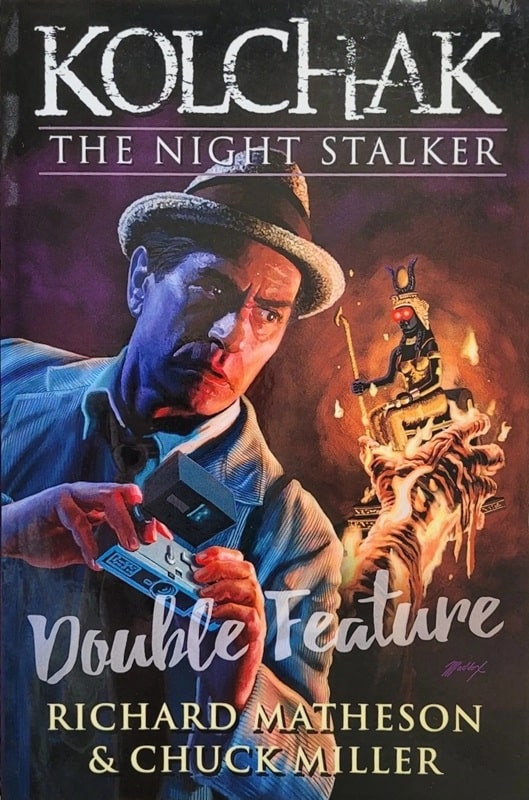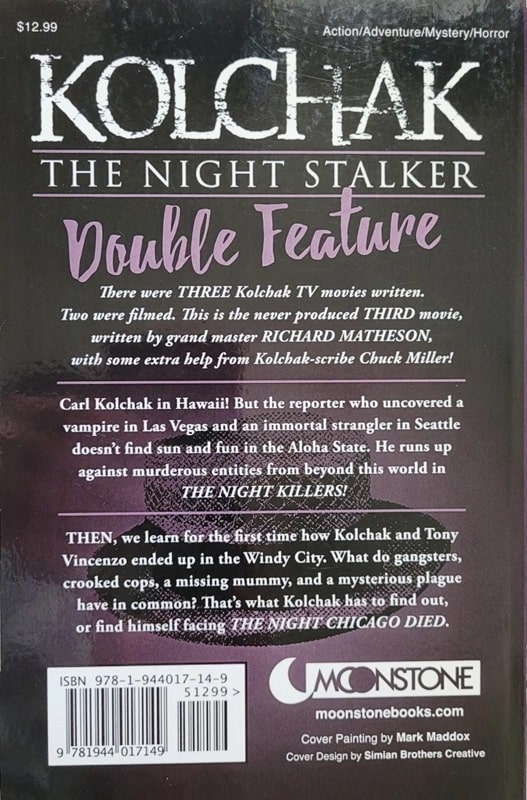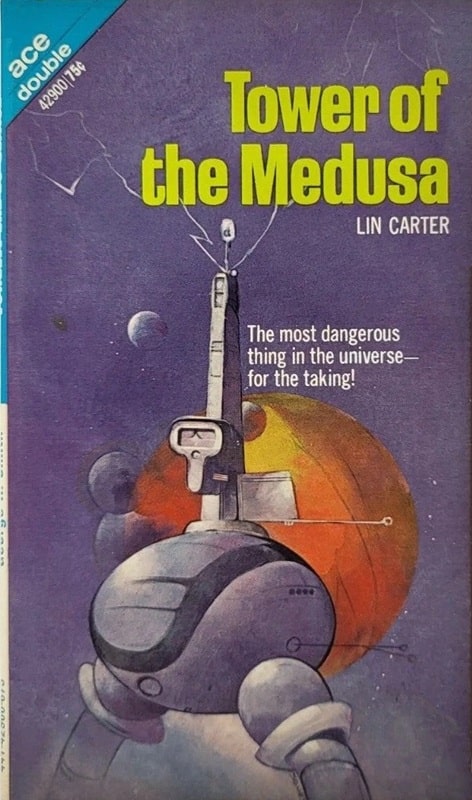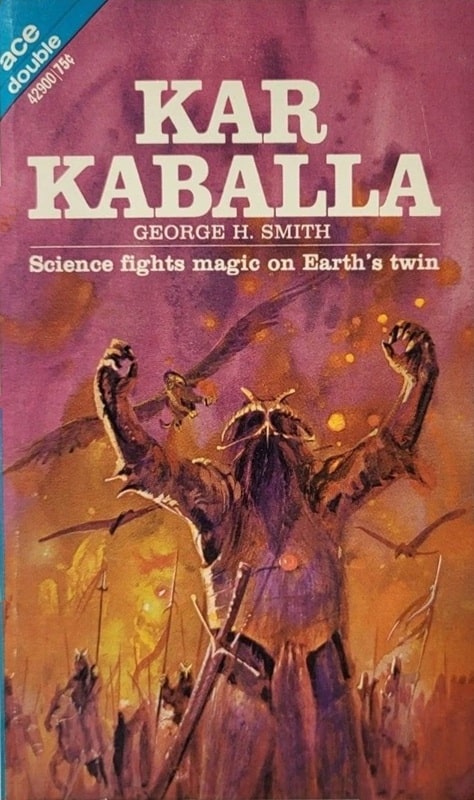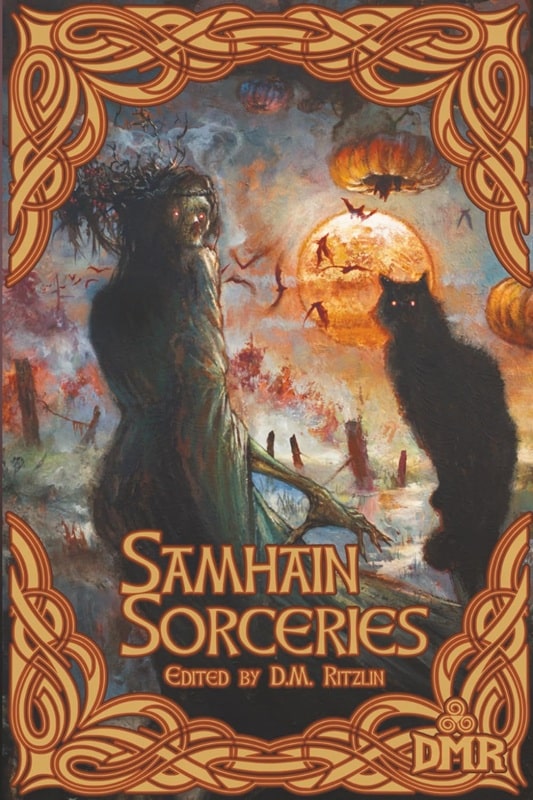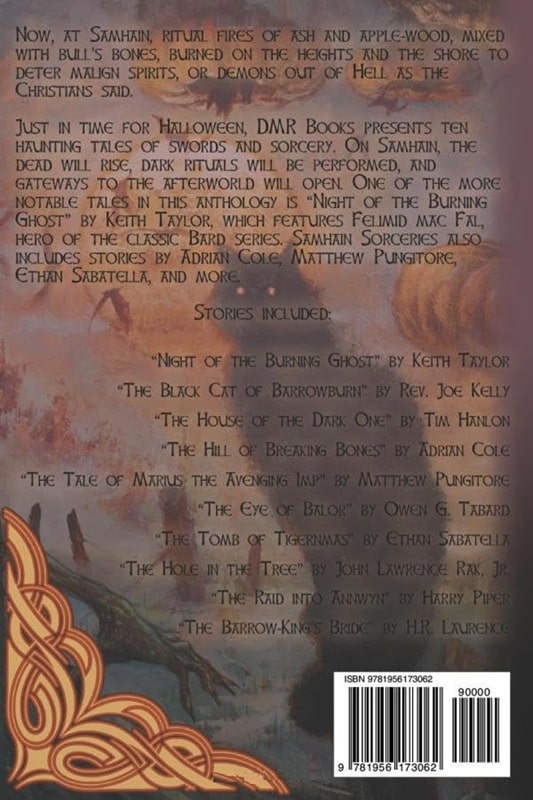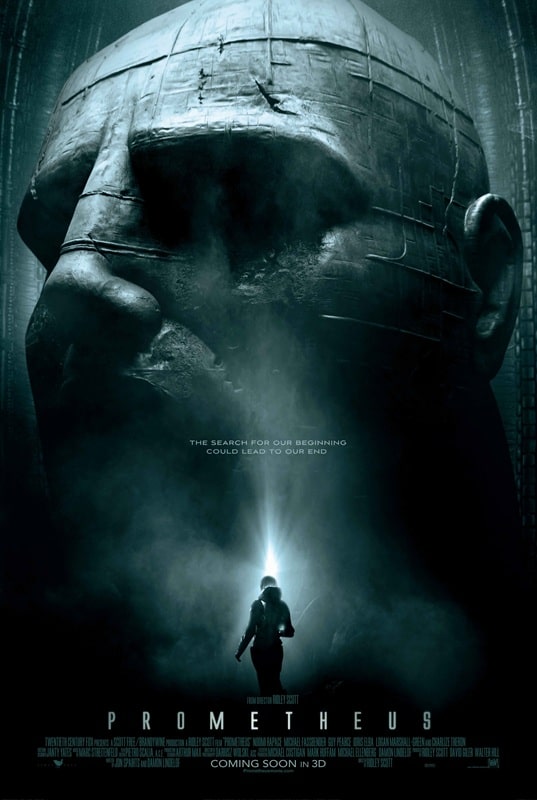The Weyland-Yutaniverse, Part III
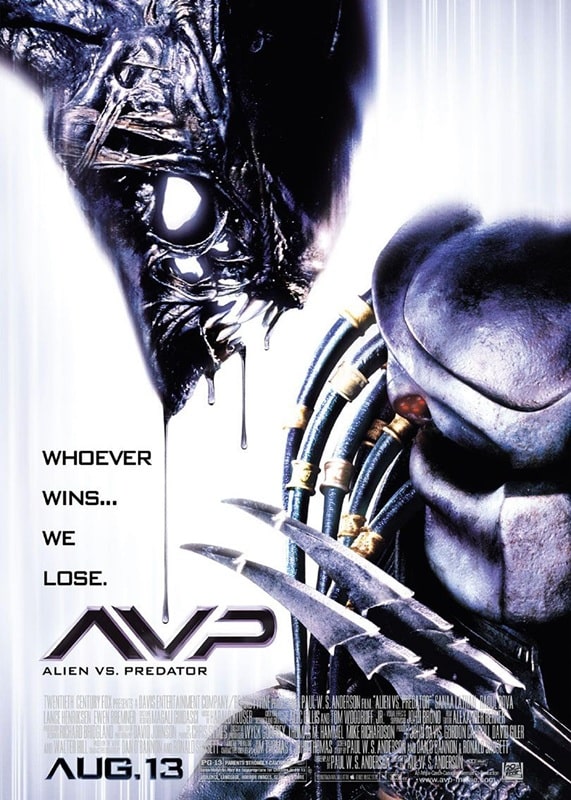
In celebration of the recent streaming series, Alien: Earth (whether you enjoyed it or not), I have created a new list of films that most certainly exist in the Weyland-Yutani universe, and if not certainly, then enjoy an unbelievably tenuous link to it.
This will be an ordered list of sixteen films, four a week, in reverse order, and is guaranteed to enrage you. The Alien and Predator films, and all those in between, are beloved by some, held sacred by a few, and the subjects of intense debate. My opinions will most certainly not align with yours, but I hope to keep you guessing as to my top four!
#8 – AvP: Alien vs Predator (2004)
Strong link, or tenuous as all hell? Super duper strong.
What’s the link? It has a Weyland in it (more on this later).
What’s it all about? (Alec Guinness voice) “Paul W.S. Anderson… now that’s a name I haven’t heard in a long time… a long time…”*
I told you we weren’t done with Mr. Anderson, and here he is again, surprisingly high up on this list with AvP. P.W.S.A. gets a bad rap, and it’s mostly deserved, but I have certainly enjoyed some of his output, including the first Mortal Kombat flick (1995), the first Resident Evil flick (2002), and the genuinely brilliant, and criminally overlooked horror, Event Horizon (1997). One has to suspect that much of the snarkiness directed his way is through jealousy of him ending up with Mila Jojovich, but I digress.
